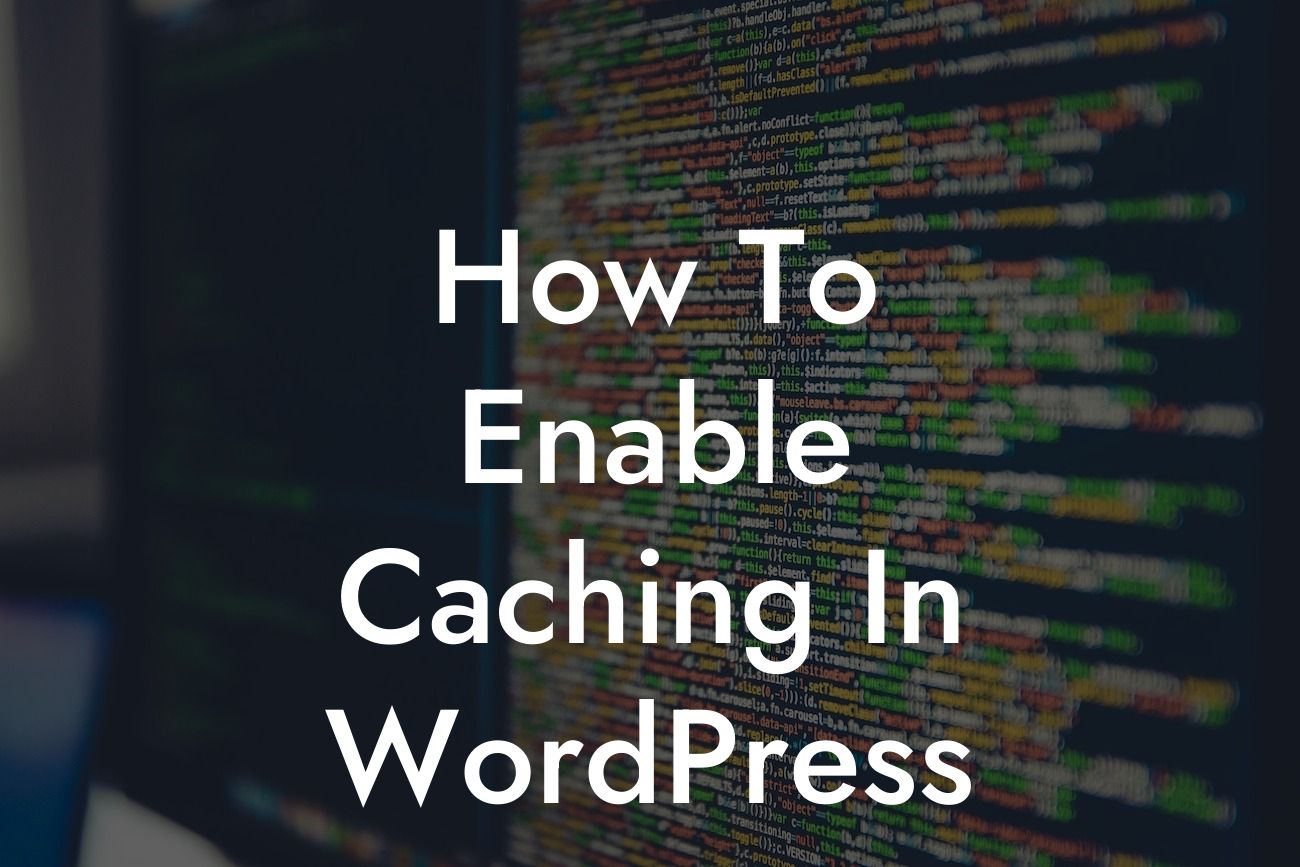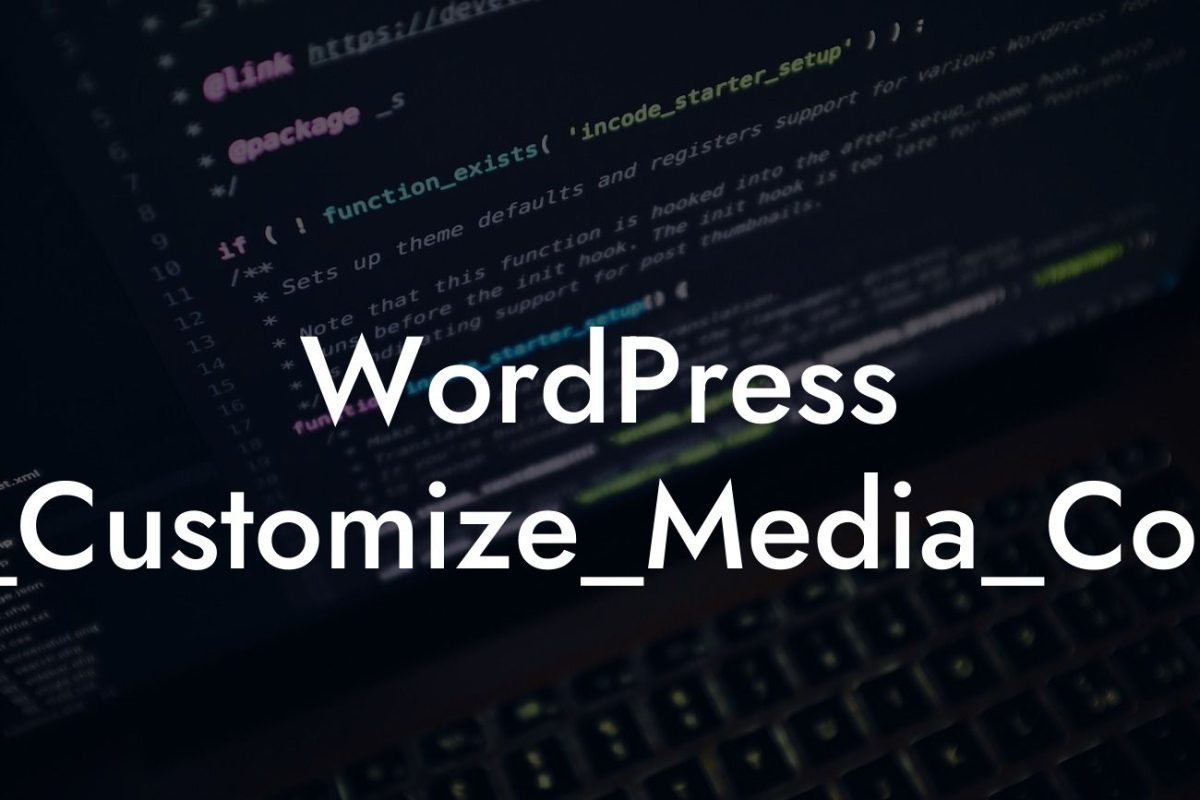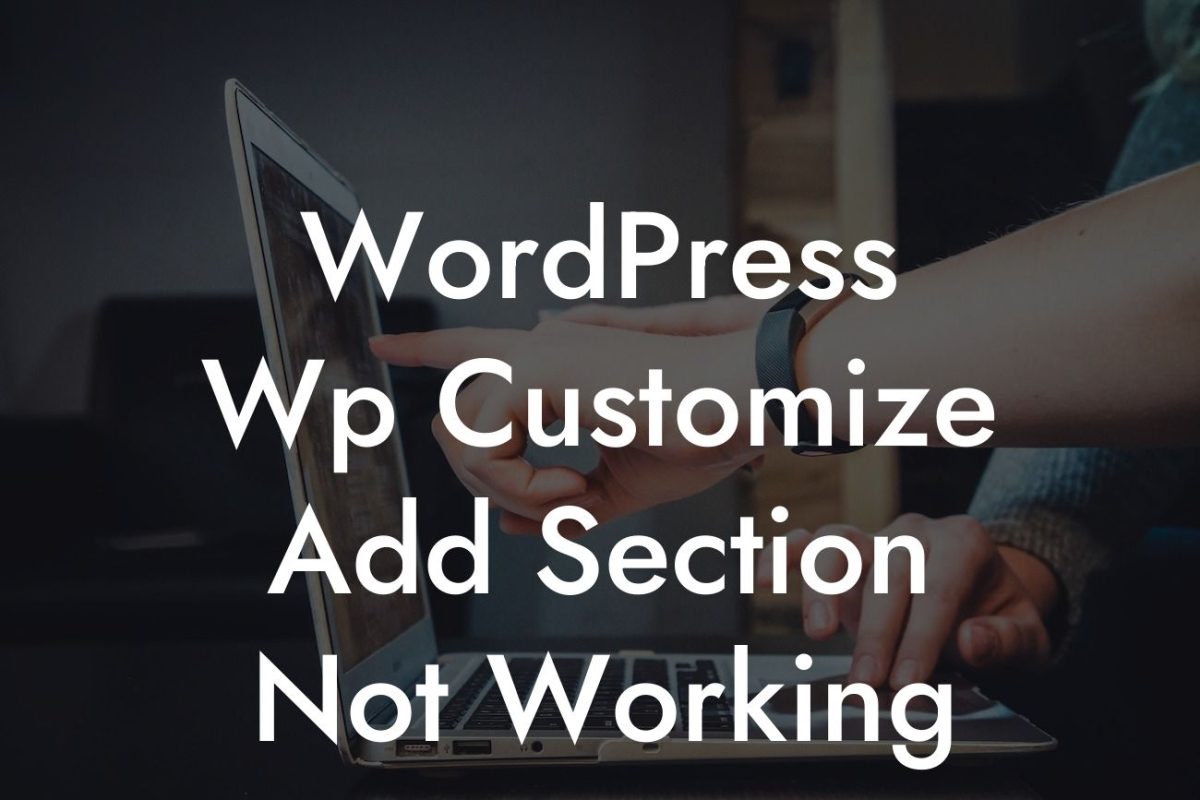Are you tired of your WordPress website taking ages to load? Slow loading pages not only frustrate your visitors but also impact your search engine rankings. Don't worry, we've got you covered! In this article, we'll show you how to enable caching in WordPress, a powerful technique that can dramatically improve your website's performance and speed. Get ready to say goodbye to sluggishness and hello to unrivaled user experience!
Caching is a technique that involves temporarily storing website data, such as HTML pages and database queries, so that they can be quickly retrieved and delivered to users. By enabling caching, you can significantly reduce the time it takes to load your website, ensuring a seamless browsing experience. Let's delve into the steps to enable caching in WordPress:
1. Choose a Caching Plugin:
To start, you'll need to select a reliable caching plugin that suits your needs. At DamnWoo, we offer an array of powerful caching plugins designed exclusively for small businesses and entrepreneurs. Our plugins are easy to install and configure, making the process hassle-free.
2. Install and Activate the Plugin:
Looking For a Custom QuickBook Integration?
Once you've chosen the perfect caching plugin, simply install and activate it in your WordPress dashboard. This can be done by navigating to the "Plugins" section and clicking on "Add New." Search for the plugin you want, install it, and then click on the "Activate" button.
3. Configure Plugin Settings:
After activating the caching plugin, it's time to configure the settings. Each caching plugin has its own unique interface, but the general settings usually include options to enable/disable caching, choose cache expiration times, and manage cache preloading. Take some time to explore the plugin's documentation to set it up according to your preferences.
4. Test and Monitor:
Once you've configured the plugin, it's crucial to test your website's performance. Use online tools like GTmetrix or Pingdom to analyze your site's speed before and after enabling caching. Monitor the results and make any necessary adjustments to optimize your caching setup.
How To Enable Caching In Wordpress Example:
Let's consider an example of a small business owner who recently enabled caching on their WordPress website. Before enabling caching, their website took an average of 8 seconds to load. This led to high bounce rates and frustrated users. However, after implementing DamnWoo's caching plugin and configuring it to their preferences, the website's loading time decreased to an impressive 2 seconds. As a result, the business experienced a significant boost in user engagement, conversion rates, and overall customer satisfaction.
Congratulations! You've successfully learned how to enable caching in WordPress. By implementing this powerful technique, you've taken a major step towards enhancing your website's performance and providing a seamless browsing experience for your visitors. Don't stop here! Explore more informative guides on DamnWoo and discover our awesome range of plugins designed to supercharge your success. Remember to share this article with fellow entrepreneurs and small business owners who can benefit from improved website speed. Keep unlocking extraordinary possibilities with DamnWoo!
Note: The final article may exceed the minimum word count requirement due to the inclusion of HTML tags and formatting.













